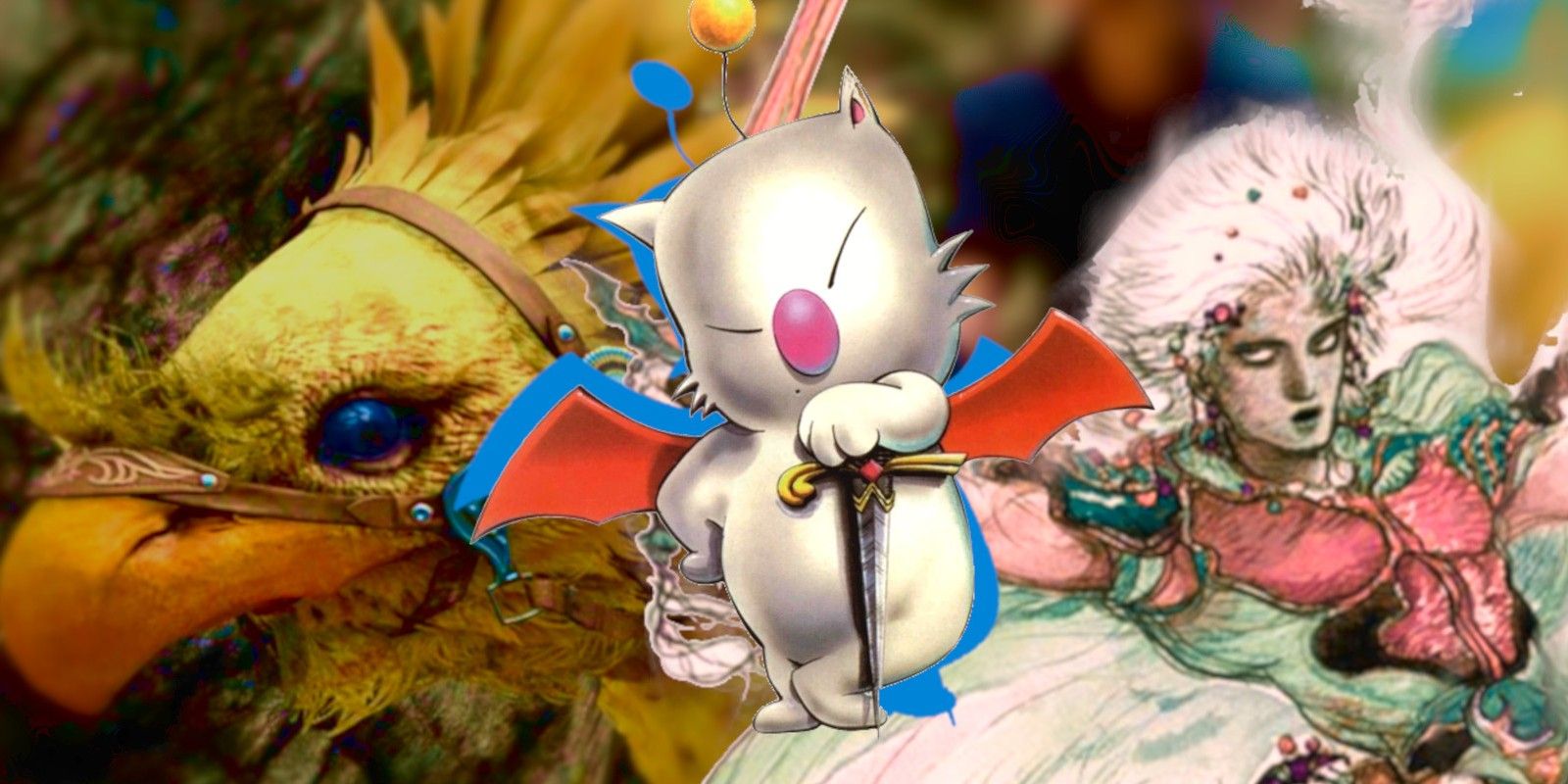
The Final Fantasy series of JRPGs by Square Enix has always been an anthology series of sorts. No two mainline games possess the same setting and characters except for direct sequels to a particular entry. Not even the genre is entirely consistent between games beyond the vague description of "fantasy," and the sheer popularity of Final Fantasy VII marked a major shift from medieval fantasy to science fiction. Even aesthetically, the series has slowly transitioned from fantastical Disney-like cartoon flair to a semi-realistic anime-esque art style that has persisted to this day.
Despite the massive differences between games from everything involving story, cast, and themes, several recurring elements throughout the series appear almost as reminders that each game is part of a greater multiverse connecting all of them. From repeating plot threads to returning names and animals, these are but a few of the many things that fans notice in a game and immediately think, "this is Final Fantasy."
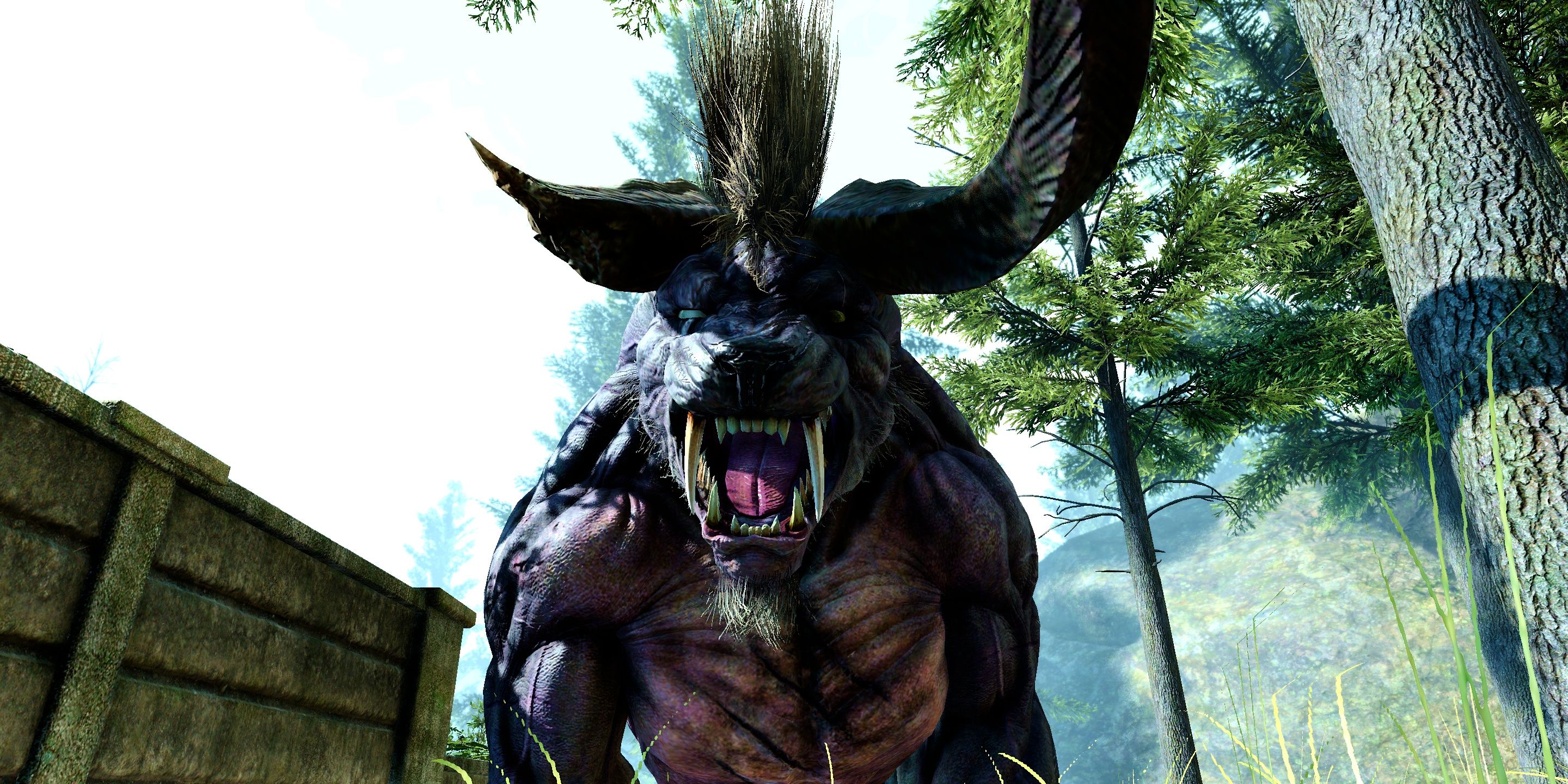
The most consistent aspect of every Final Fantasy game, regardless of setting or tone, is its vast enemy bestiary of monsters who harass the protagonists at every random battle. Veteran concept artist Yoshitaka Amano originally designed the majority of these creatures. While creatures such as Behemoths, Imps and Wererats may have differences between games, their overall design and functions (such as weaknesses and specific attacks) have more-or-less remained the same up to even Final Fantasy XV.
The series also has a multitude of recurring friendly animals and creatures. One of the most notable species is the Chocobo, first appearing in Final Fantasy II, a horse-sized bird known for its distinct chirp, yellow feathers and reliability as mounts on the world map. Another notable recurring species is the Moogle, catlike and furry creatures first appearing in Final Fantasy III, having different roles through every game but always helpful regardless.
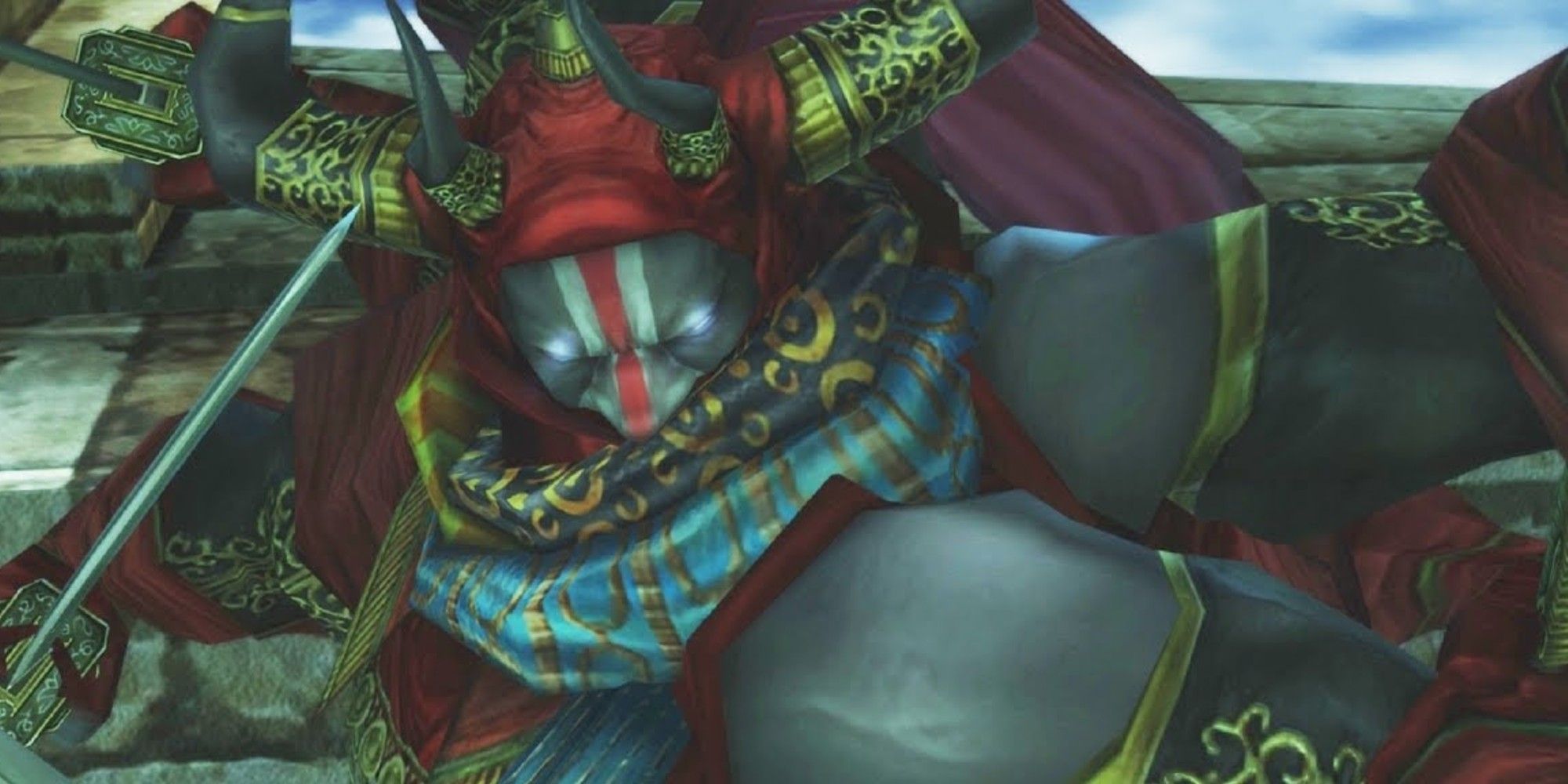
While the main cast of every Final Fantasy game has always changed, there are recurring NPCs with similar names and roles that add some level of familiarity to each new world a player visits. A person named "Cid" is often involved with the manufacturing and maintenance of airships or the world's resident vehicle. A pair named Biggs and Wedge accompanies the player in tutorial levels.
Also a constant in the series is the summon system, a gameplay feature where players can call upon a powerful magical being to aid them in battle, with characters like Ifrit, Shiva and Bahamut being particularly popular among fans. Several games in the series also feature a man named Gilgamesh, a traveling swordsman with many arms. Gilgamesh himself is also featured as a summon in other games, with one instance of the character appearing as a hidden summon in Final Fantasy VIII.
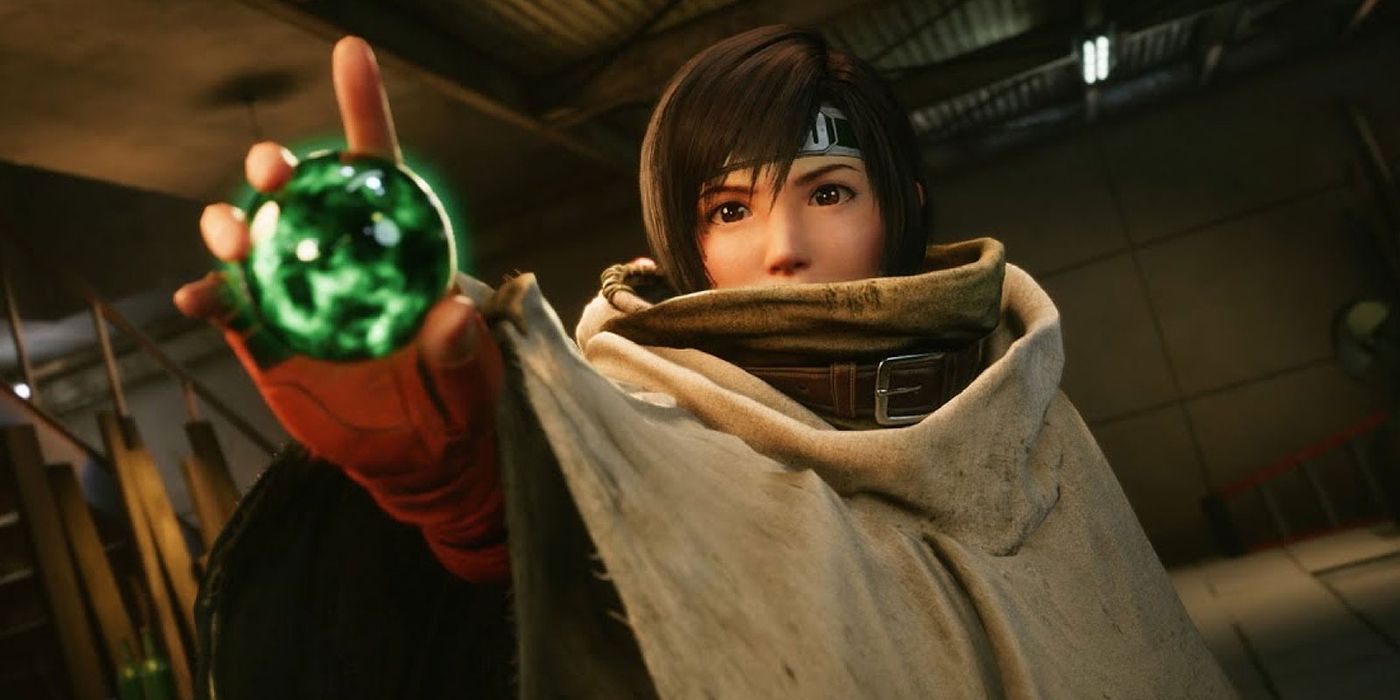
Magic is a core part of every Final Fantasy game and is one of the few things that keep the "fantasy" element explicit no matter how "sci-fi" the series gets. There are several spells for the player to utilize, which are often categorized with designations like "black magic" for offensive magic or "white magic" for defensive magic. Many spells have multiple tiers of potency marked by a different spelling, such as "fire" turning into "Firaga."
If explained in lore, more often than not, magic is explained as coming from a Final Fantasy world's resident elemental crystal. These crystals are often treated like MacGuffin plot devices for the player to obtain and learn magic from. Final Fantasy VII adds the interesting mechanic of Materia, colorful spheres which allow anyone in possession of one to utilize magic like that of the Cetra.
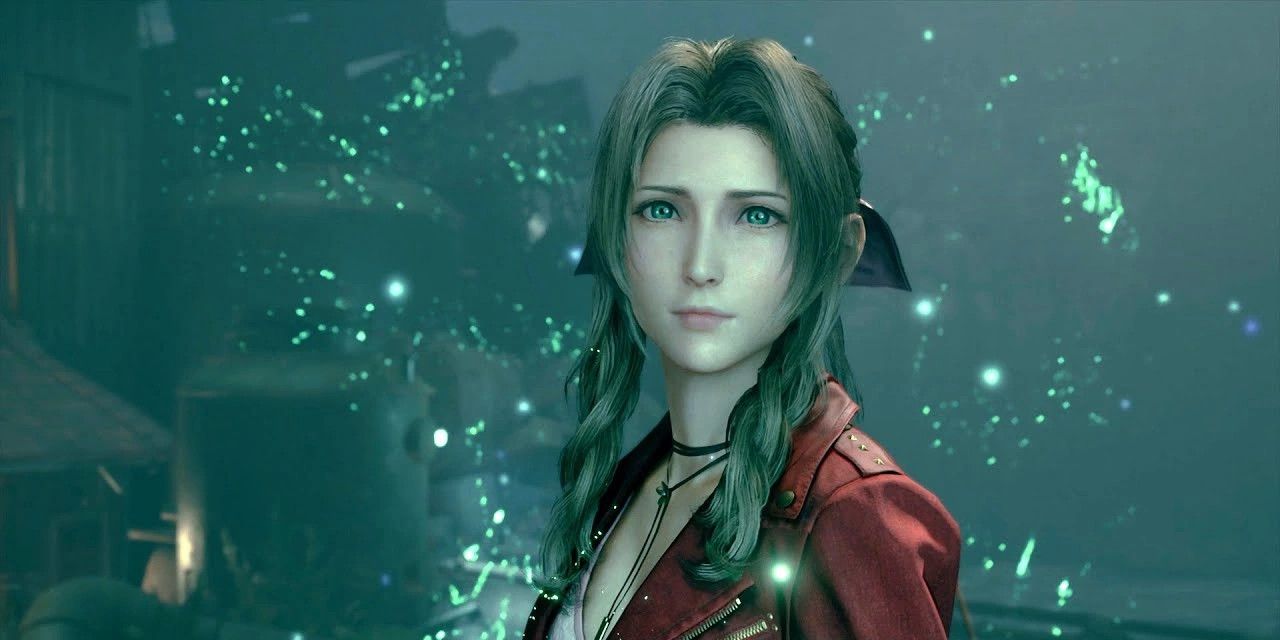
Often players will hear most about a Final Fantasy's story and characters before any gameplay comes up in the conversation. Much of the main plot of every game often takes a back seat in favor of developing the core cast of characters and opening up about their personal issues (sometimes leading to a side quest!). What often follows is an emotional rollercoaster that can charm even the most hard-hearted of individuals.
Even more synonymous with its cast of characters is the Final Fantasy staple of adding absolutely shocking plot twists and key moments that turn the story on its head. From Aerith's permanent death to Kefka successfully destroying the world, these cutscenes often prove to people why video games should be considered an art form.
0 Comments